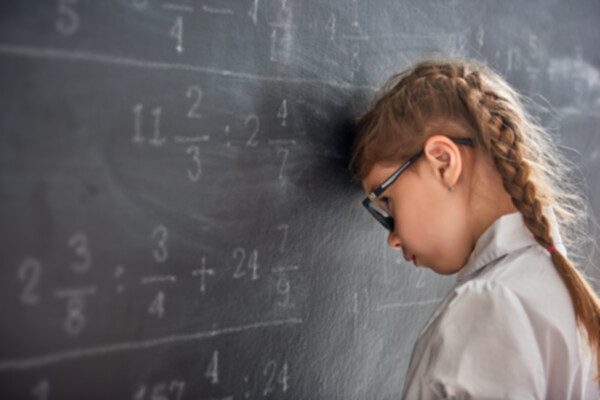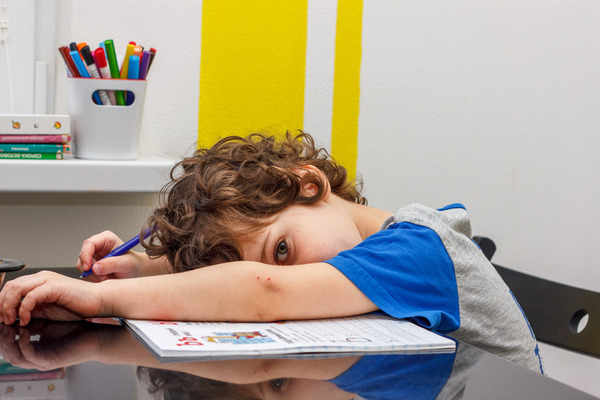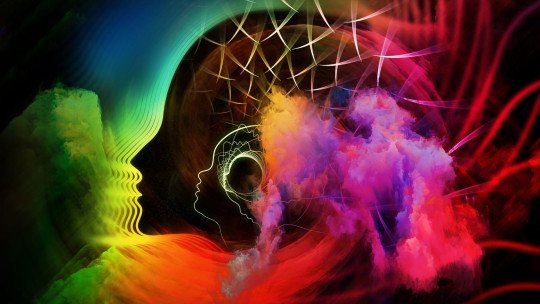Mostly high capacities are difficult to detect but… what if there is something that makes their detection even more difficult? Come in and discover what double exceptionality is!
When we are told about a boy or girl with high abilities, the perfect student usually comes to mind, who gets good grades and does not present any academic problems. Apart from the fact that high abilities are not synonymous with good academic performance, people with high abilities are not exempt from presenting disorders that affect their academic level. Surely when you think of someone with these characteristics, it does not come to mind that they need educational attention due to difficulties in the academic field, and even less so if these are related to poor reading comprehension, difficulties in reading and writing, attention problems, etc.
Although it may seem strange to you, the reality is that it can happen and it has a specific name: double exceptionality. Keep reading to learn specifically what it is, what types there are and what its difficulties are.
What is double exceptionality?
The double exceptionality is a term commonly used to refer to a person who has high abilities (or AACC ) but at the same time presents a disorder related to learning. The detection of high abilities in itself is already a complicated process since it depends on the school context, the family context and even the sociocultural moment, given that in certain times or cultures certain abilities are valued more than others. However, double exceptionality implies a double difficulty given that in most cases, only one exceptionality is detected, with the disorder being detected in most cases and not the high abilities.
Although we think that a child with High capacities It does not have to require special educational attention, the reality is very different. In fact, it is advisable that those children with giftedness receive the necessary help to enhance their abilities and, therefore, the subjects are adapted to the individual needs of the child. In this sense, there are specific strategies such as, for example, acceleration, which basically consists of advancing the child in academic courses, curricular adaptation , the enrichment that aims to provide the child with an environment where their individual concerns are enhanced in a personalized way and with different methodologies, among others. Therefore, when a double exceptionality not only is there a special educational need since, on the one hand, support will be needed for high abilities and, on the other, for the disorder that occurs.

Types of double exceptionality
Although normally double exceptionality It is constituted by a disorder, it can also occur in people who have visual, motor, auditory deficits, etc. constituting double exceptionalities. The most frequent are the following:
- ADHD and high abilities: Attention-deficit/hyperactivity disorder (or ADHD ) is a disorder characterized by attention difficulties and/or hyperactivity. It is common for high abilities to have inattention problems caused by lack of motivation, but they can maintain attention on what is new to them. However, when a child presents ADHD and high abilities , inattention is not a specific phenomenon but covers almost all situations. Furthermore, when the disorder is also accompanied by a pattern of impulsivity-hyperactivity, they have great difficulties in accepting rules and limits, a fact that can also manifest itself in high abilities.
- TEA and high abilities: He autism spectrum disorder and high abilities It is also a combination that occurs frequently and, in fact, it is commonly known as “high functioning autism ”. Autism spectrum disorder (or TORCH ) is a disorder characterized by difficulties in communication and social interaction along with a pattern of restricted interests, activities or behaviors. This combination is especially complicated to identify due to various aspects, including the high verbal ability they present and, especially in the case of girls, the high abilities help them imitate social behaviors.
- DEA and high capacities: This case occurs when a person has a diagnosis of specific learning disorder (or DEA ) along with high capacities. Specific learning disorder is a difficulty that occurs in academic skills such as, for example, reading, writing, calculation, etc. and that significantly affect performance in a specific area. That is, this performance must be well below what is expected for his age, causing significant difficulties. Within the specific learning disorder there are different types such as, for example, with reading difficulties (dyslexia), with difficulties in written expression and with mathematical difficulty (dyscalculia). The most common is the combination between dyslexia and high abilities for example, there may be great difficulty in recognizing and spelling words but a very rich vocabulary taking into account the age of the child.

Why is it difficult to detect?
As we have already mentioned previously, the detection of High capacities It is often complicated and if it is accompanied by a learning disorder, its identification is usually more costly for the following reasons:
- When a learning disorder or any problem occurs, such as, for example, a motor delay, the most common thing is that both the school and family contexts focus on making up for the difficulties instead of paying attention to the resources and abilities that They are already presented.
- The little knowledge about double exceptionality and the myths around high abilities make their detection difficult.
- The educational strategies that are usually used in the case of children with a learning disorder are usually aimed at helping them reach the minimum required level instead of enhancing their abilities.
- In most cases, double exceptionality is accompanied by other difficulties such as, for example, low self-esteem, low emotional regulation, low tolerance for frustration, etc. which make identification even more difficult.
The double exceptionality It often generates a lot of frustration since on many occasions, children know their true potential but cannot reflect it externally. This is why it is advisable to seek psychological help both for the diagnosis and to treat (if any) aspects that are sometimes associated and that affect the emotional well-being of the boy or girl.









